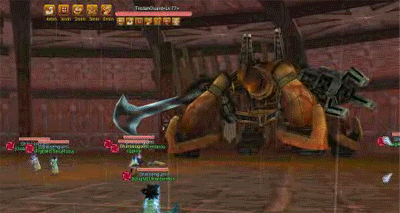For the most part, it's an easy assignment. Getting the thing to compile was very easy. However, a few lines I'm not sure how to comment since I'm not entirely sure what it does. For example...
- Code: Select all
ptrK = (int *) ptrB;
so there's a float-type pointer (ptrB) and an int-type pointer (ptrK). Now, am I right to say that the above line of code converts (type-casts) ptrB to int type and assigns that value to ptrK?
If so, what does that mean? ptrK is pointing to a new memory address?
When I run the program, I do find that they do point to the same address, but that something funky happened to *ptrK o.O;
- Code: Select all
ptrB = 0xffbefc00
*ptrB = 1
ptrK = 0xffbefc00
*ptrK = 1065353216
can someone explain to me why ptrK equals that? are ints and floats really so much different on the binary level? (they're both 4-byte types, right?)
Edit: For those of you who don't wanna fish through the whole code, int b was initilized as 1, and ptrB wasn't changed at that point in that point of the code. Thus, *ptrB = b = 1


